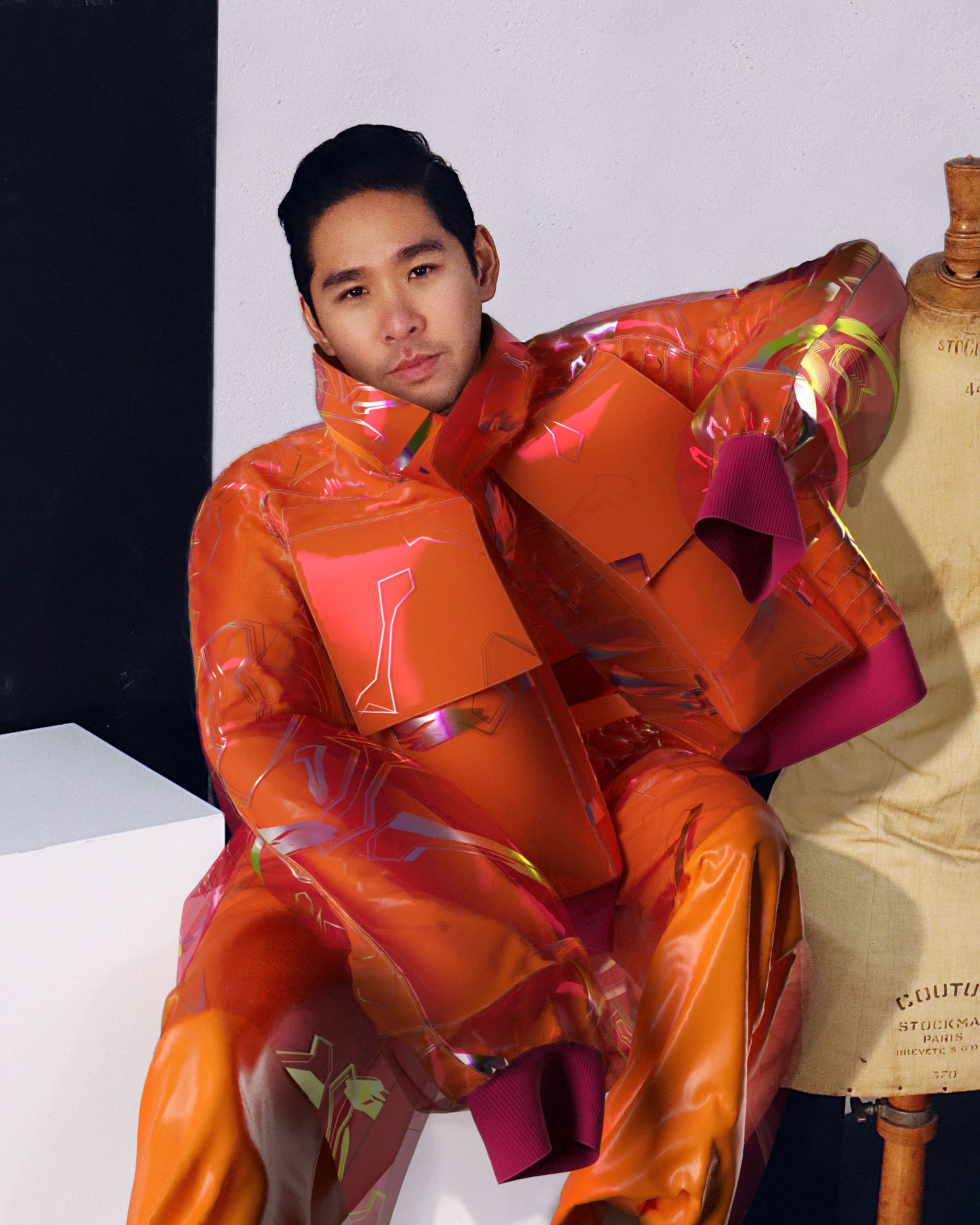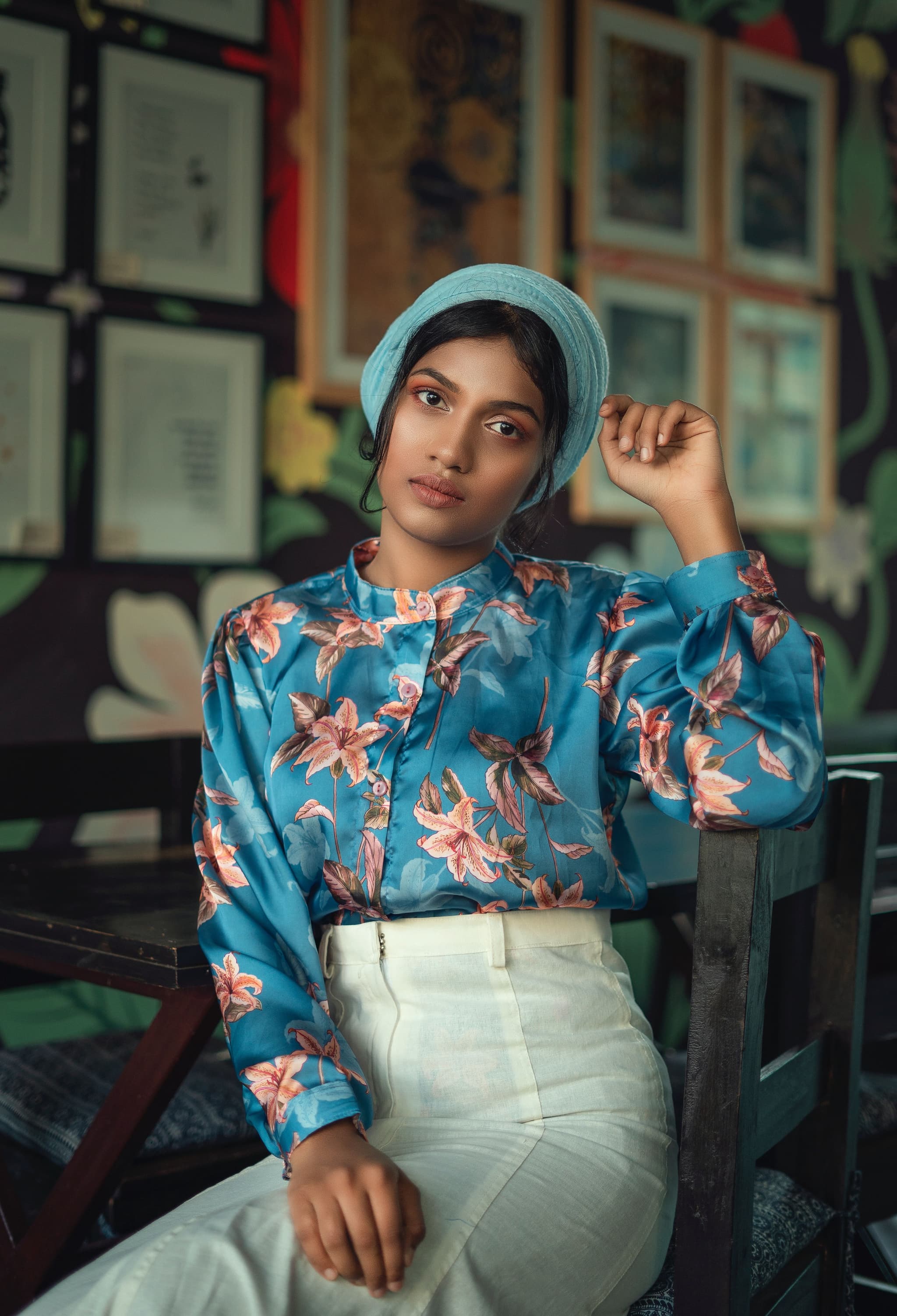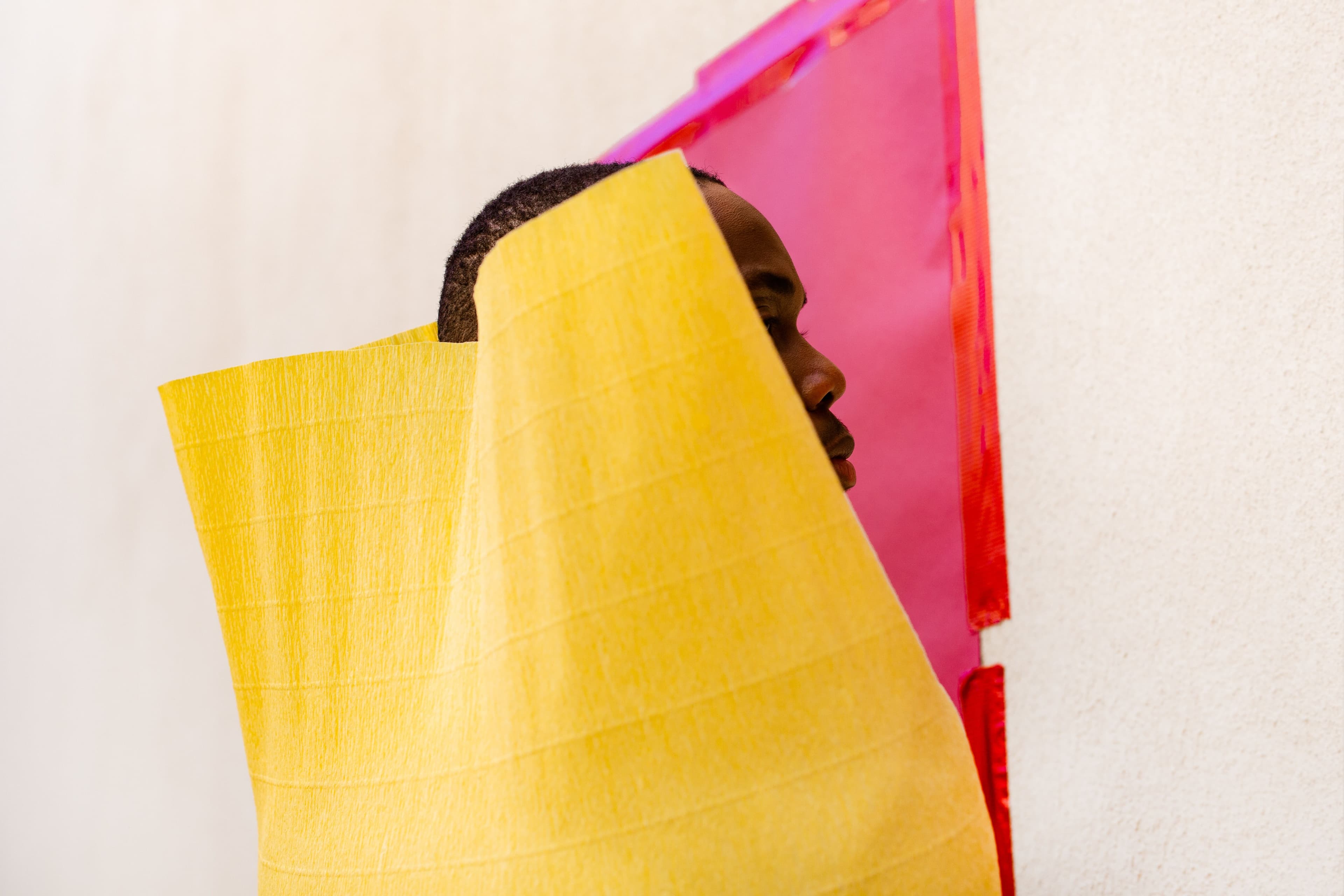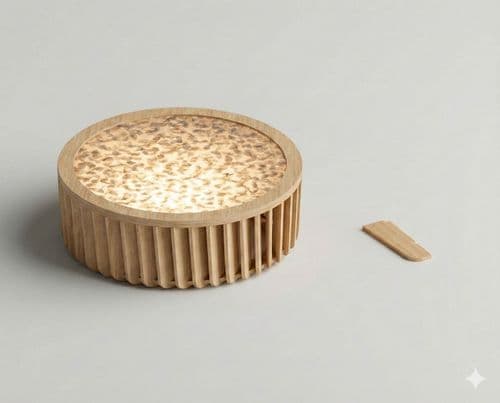Key Points
- Beyond Form is a venture studio backing early-stage fashion-tech globally, working hands-on with founders and holding equity.
- Practical tools span the chain: AI trend forecasting (T-Fashion, 12-month horizon, “96%” accuracy as claimed), factory efficiency tracking via RFID, materials integration (Roundrack), AR/digital fashion (OuttaWRLD), and generative design (SWOP).
- Biggest brake on impact is adoption: design teams still resist data-driven workflows; corporates invest ~1.6–1.8% of revenues in innovation.
- Regional split: APAC focuses on production/retail; Western Europe on new materials and sustainability; North America on retail/downstream.
- Outlook: sustainability and tech must converge; Beyond Form is recruiting partners and pushing tools that reduce waste rather than add complexity.
Full interview with Beyond Form
How would you describe Beyond Form and its contribution to the Fashion world?
Beyond Form is a venture studio that specifically deals with early-stage fashion tech startups. The studio launched in 2020, and we are a small team of six people—four core team members and two additional members. We also partner with the IFA in Paris and the fashion school here.
We work with founders from all over the world, ranging from the USA to Canada. We have one startup from Vietnam, known as Drippy. There are others in Pakistan, India, Turkey, and all over Europe. We work with different fashion companies across various facets of fashion and tech, from AI training to supply chain management.
For instance, FINDS deals with stock management. We have a few startups involved in rental repairs and digital fashion. The studio typically works with them at an operational level, and we have shares in the companies we work with as well. At times, we even take on the role of managing some of the teams.

In your view, what are the main contributions of technology to sustainable fashion?
The fashion industry is still very traditional. I was really surprised that the fashion space in Paris wasn’t really tech-savvy when I first arrived. There's huge potential there for the entire value chain. For instance, at the start of the value chain, the focus is on how we can create the right products at the right time and for the right type of people, and that is what we are trying to solve with T-Fashion. T-Fashion is our AI trend forecasting platform. It uses data from the Internet as well as brand data to forecast what is going to sell within the next 12 months with 96% accuracy.
However, it's still difficult. There's still a huge cultural barrier internally within companies because designers and product developers still don't understand how to use data and take full advantage of a data-driven platform like T-Fashion to make their design and product creation processes more efficient. Once we get over that, we can streamline the design process.
Manufacturing sustainability is another aspect with huge potential. The Earth is running out of resources. This is where technology can help us understand how to make products efficiently and how to streamline production processes. For example, we're currently working with a company based in Pakistan, which can track the efficiency output of a factory. Essentially, each machine in the line has an RFID tag attached that can measure the efficiency of the worker and how quickly a garment is sewn.
There’s also the idea of checking the origin of products and raw fibres. In this aspect, we have a company called Roundrack, which helps fabric innovators collaborate better with fashion brands. They work with Pangaia, a UK-based fashion company. Their approach is unique because a lot of fashion material innovators still find it very difficult to integrate innovative materials into production cycles and systems effectively. Ultimately, Roundrack aims to show them how to utilise a new material in the most effective way.
It is important to note that the scope of fashion tech innovation is limited due to resources. At the moment, on average, our corporates spend only around 1.6 to 1.8% of their annual revenues on innovation. There are potential limitations in how brands are structured. However, from our assessment within Beyond Form, we expect the fashion tech category to be worth at least a billion dollars by 2030.
Can you highlight a few groundbreaking innovations from your venture studio?
We have quite a few startups doing great things in the regenerative design space. SWOP and T-Fashion are currently working on this. Users can go on the SWOP platform, create fashion designs, and get the link afterwards. It’s an exciting possibility because you can simply enter prompts, and the platform will create fashion designs for you according to the prompts. This is still in the early stages; the next stage would be to put the generative design as a pattern on paper for it to be manufactured.
OuttaWRLD is involved in digital fashion and augmented reality. They are currently making it possible for brands to have a plug-and-play solution for launching AR digital fashion campaigns. They've already launched their co-creation capability, allowing users to go into the OuttaWRLD app and design or customise digital fashion and 3D assets in real-time in AR.

What do you consider when evaluating fashion tech startups for potential investment or collaboration?
The first thing I look at is whether the idea or startup solves a real challenge within the fashion industry. Drawing on my background as a trained fashion and product developer, coming from a family with fashion factories in China, I visualise the entire value chain to understand where the idea sits within the value chain. With this, I can assess whether there’s an opportunity there and how big the opportunity is.
From a more classic business perspective, we assess the demographic to understand how big the market share is. As a venture studio, we assess whether the idea is investable and if we can get through the fundraising cycle. We typically grow the startups from pre-seed to Series A and exit afterwards. We currently have a few startups ready to go to Series A within the next 12 months.
There are some amazing fashion tech ideas out there, but they might remain relatively unknown because of their niche and the fact that fashion brands aren’t ready to adopt them. For example, I was doing digital fashion back in 2009, but none of the fashion brands were interested then. However, by 2020, everyone was looking at digital fashion. This means timing is also a decisive factor.
Do you observe distinct trends across the different regions in which you’ve worked?
The APAC region, and specifically China, is more focused on production, supply chain, retail, and e-commerce. In Western Europe, particularly in France and the UK, there's a strong emphasis on sustainability and innovations in new materials. In North America, especially the US, we observe a trend towards retail and downstream phases of the value chain.

How do you see the fashion industry reconciling sustainability and the evolving preferences of younger generations for fashion?
Sustainability and fashion tech can all go hand in hand; it is not a case of picking one over the other. Often, people choose either sustainability or fashion tech. This isn't the right approach. Hopefully, in the next 5 to 10 years, they will converge. In our startups, three out of four of the founders are from outside the fashion industry. This naturally brings together fashion, tech, and sustainability.
When professionals from the fashion industry join, they often separate into one camp. However, both are essential to the goal of solving overconsumption and making fashion more tech-savvy. Sustainability has taken the forefront, but it's crucial to remember that technology is needed for sustainability. It's a matter of time before the two align.
Where is Beyond Form headed?
I've recently authored a book called Fashion Tech Applied, which is set to release next month. As for the studio, we're actively seeking startups and corporate partners. Since we’re self-funded, collaboration with fashion brands is crucial for our future.








